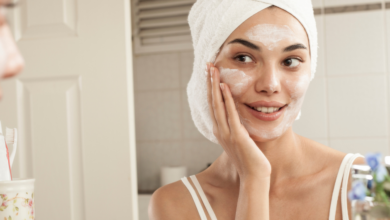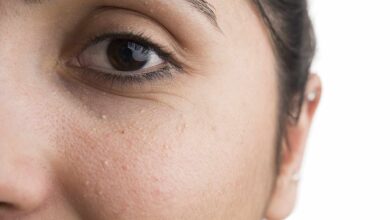
Maintaining a balanced and healthy complexion can be a challenge, especially for those with oily skin. However, fear not, as stylish.ae is here to provide you with the best practices to manage your oily skin. From incorporating the right skincare routine to making informed choices about makeup products, this article will guide you on your journey towards a radiant and oil-free complexion. So, get ready to bid farewell to shiny skin and say hello to a fresh and matte finish that will leave you feeling confident and ready to conquer the day.
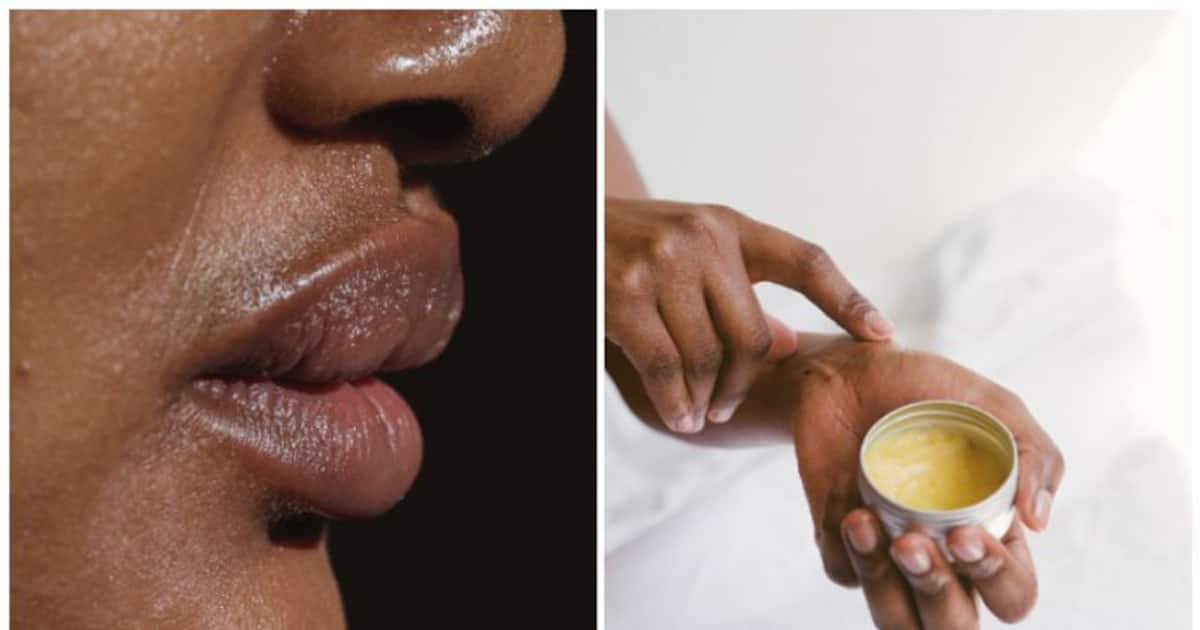
Understanding Oily Skin
Oily skin is a common skin type characterized by an overproduction of sebum, the natural oil that helps keep our skin healthy and moisturized. While sebum is essential for maintaining skin health, excessive oil production can lead to various skin issues. To effectively manage oily skin, it is crucial to understand the causes and characteristics of this skin type and debunk common misconceptions.
Causes of Oily Skin
There are several factors that can contribute to the development of oily skin. Hormonal imbalances, particularly during puberty, can cause an increased production of sebum. Genetics also play a role, as oily skin tends to run in families. Additionally, certain environmental factors, such as hot and humid climates, can stimulate the sebaceous glands to produce more oil. Using heavy or oil-based skincare products can also exacerbate oily skin.
Characteristics of Oily Skin
Oily skin is typically characterized by a shiny and greasy appearance, especially in the T-zone (forehead, nose, and chin). It is prone to acne breakouts, blackheads, and whiteheads due to the excess oil clogging the pores. Oily skin may also have enlarged pores and a thicker texture. Despite these challenges, oily skin tends to have a slower aging process and maintains a natural glow.
Common Misconceptions about Oily Skin
One common misconception about oily skin is that it does not require moisturizing. While it may seem counterintuitive to moisturize already oily skin, skipping moisturizer can actually worsen the problem. When the skin is dehydrated, the sebaceous glands produce more oil to compensate, leading to even greasier skin. Another misconception is that oily skin does not need sunscreen. In reality, all skin types, including oily skin, are susceptible to sun damage and should be protected with a broad-spectrum sunscreen.
Importance of Managing Oily Skin
Managing oily skin is crucial not only for cosmetic reasons but also for maintaining overall skin health. By effectively managing oil production, you can prevent breakouts and acne, reduce shine and greasiness, and promote a healthy complexion.
Preventing Breakouts and Acne
Excess oil on the skin can clog the pores, leading to the formation of acne, blackheads, and whiteheads. To prevent breakouts, it is essential to keep the skin clean and minimize the production of oil. A consistent skincare routine that includes gentle cleansing, exfoliation, and oil-regulating products can help control oiliness and reduce the occurrence of acne.
Reducing Shine and Greasiness
One of the main concerns of individuals with oily skin is the unwanted shine and greasiness that can make the skin appear unhealthy and unkempt. By following a suitable skincare routine and using products specifically formulated for oily skin, you can effectively control oil production and achieve a more balanced and matte complexion.
Maintaining Skin Health
While oily skin can present its challenges, it is not all bad news. One advantage of oily skin is that it ages slower than other skin types due to the increased moisture and natural protection provided by the excess oil. However, it is still crucial to maintain proper skincare practices and protect the skin from external factors such as UV damage to ensure optimal skin health.
Identifying Your Skin Type
Before diving into the world of skincare, it is essential to identify your skin type accurately. Understanding your skin type will help you choose appropriate products and develop a skincare routine that caters to your specific needs.
Different Skin Types
There are several skin types, including oily, dry, combination, and normal. Oily skin has already been discussed in detail, characterized by excessive sebum production. Dry skin, on the other hand, lacks sufficient sebum production, resulting in a dry and flaky complexion. Combination skin is a mix of oily and dry, with the T-zone being oilier and other areas being drier. Normal skin falls somewhere in between, having a healthy balance of oil and hydration.
Determining Your Skin Type
To determine your skin type, cleanse your face thoroughly with a gentle cleanser and pat it dry. After an hour, observe your skin’s appearance and how it feels. Those with oily skin will notice a shine and a slightly greasy texture, especially in the T-zone. Dry skin may feel tight and appear rough or flaky. Combination skin will exhibit oiliness in the T-zone but be relatively dry or normal in other areas. Normal skin will have a balanced appearance and feel comfortable.
Cleansing and Exfoliating
Cleansing and exfoliating are essential steps in any skincare routine, especially for individuals with oily skin. Properly cleansing the skin removes excess oil, dirt, and impurities, while exfoliating helps to unclog pores and remove dead skin cells.
Choosing the Right Cleanser
When selecting a cleanser for oily skin, it is crucial to opt for oil-free and non-comedogenic formulas. Look for cleansers that contain ingredients such as salicylic acid or benzoyl peroxide, which help control oil production and combat acne. Avoid harsh cleansers that can strip the skin of its natural oils, as this may lead to rebound oil production.
Proper Cleansing Technique
To effectively cleanse oily skin, start by wetting your face with lukewarm water. Apply a small amount of cleanser and gently massage it onto your face using circular motions. Be sure to pay extra attention to the T-zone, where oil tends to accumulate the most. Rinse thoroughly with lukewarm water and pat your skin dry with a clean towel. Avoid scrubbing or rubbing the skin too vigorously, as this can irritate and stimulate more oil production.
Benefits of Exfoliation
Exfoliation is a crucial step in managing oily skin. By removing dead skin cells and unclogging pores, exfoliation helps to prevent acne breakouts and promotes a smoother and brighter complexion. Regular exfoliation also improves the absorption of other skincare products, allowing them to penetrate more effectively.
Recommended Exfoliants
When choosing an exfoliant for oily skin, opt for gentle chemical exfoliants rather than harsh physical scrubs. Alpha hydroxy acids (AHAs) such as glycolic acid and beta hydroxy acids (BHAs) like salicylic acid are effective in dissolving dead skin cells and unclogging pores. Start by incorporating exfoliation into your routine once or twice a week and adjust the frequency based on your skin’s response.

Toning and Balancing
Toning is often an overlooked step in skincare but is particularly beneficial for individuals with oily skin. A toner helps to balance the skin’s pH levels, tighten the pores, and remove any residual impurities.
Role of Toners for Oily Skin
Toners help to restore the skin’s natural pH balance, which can be disrupted by harsh cleansers. Additionally, by removing any leftover debris, toners help to prepare the skin for better absorption of the subsequent skincare products. For oily skin, toners can also help control excess oil production and minimize the appearance of pores.
Ingredients to Look for in a Toner
When selecting a toner for oily skin, look for ingredients such as witch hazel, tea tree oil, or niacinamide. Witch hazel has astringent properties that help tighten the pores, while tea tree oil has antibacterial properties that can combat acne-causing bacteria. Niacinamide, also known as Vitamin B3, helps regulate sebum production and reduces the appearance of pores.
How to Properly Apply Toner
After cleansing your face, apply a small amount of toner to a cotton pad or ball. Gently swipe the toner across your face, paying extra attention to areas where excess oil tends to accumulate. Avoid rubbing or pulling on the skin, as this can cause irritation. Allow the toner to dry completely before proceeding with your regular skincare routine.
Moisturizing and Hydrating
Contrary to popular belief, oily skin still requires moisturization. Properly moisturizing oily skin helps to maintain its natural balance, prevent dehydration, and reduce the production of excess oil.
Importance of Moisturizing Oily Skin
Moisturizing oily skin is essential to prevent dehydration. When the skin lacks hydration, the sebaceous glands compensate by producing more oil, which can exacerbate oiliness. Additionally, keeping the skin moisturized helps to strengthen the skin barrier, making it less prone to environmental damage and promoting a healthier complexion.
Choosing a Suitable Moisturizer
For oily skin, it is crucial to select lightweight and oil-free moisturizers that do not clog the pores. Look for moisturizers labeled as “non-comedogenic” or “oil-free” to ensure they won’t contribute to further oiliness or breakouts. Gel-based or water-based moisturizers are often a good choice for oily skin, as they provide hydration without feeling heavy or greasy.
Hydrating Tips for Oily Skin
In addition to using a suitable moisturizer, there are a few additional tips to keep oily skin properly hydrated. Firstly, it is important to drink an adequate amount of water throughout the day to hydrate your skin from within. Secondly, incorporating hydrating serums or lightweight hydrating mists into your skincare routine can provide an extra boost of hydration without adding excessive oil.
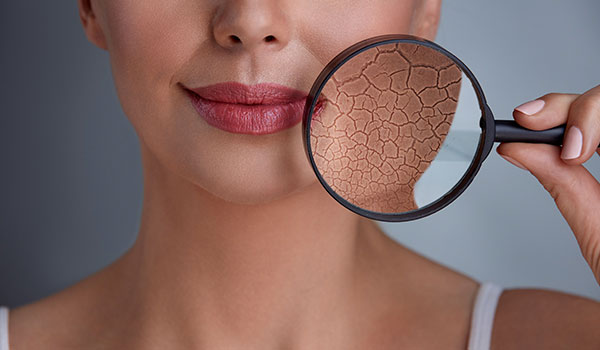
Controlling Oil with Makeup
Makeup can be a valuable tool in managing oily skin, helping to control shine and oiliness throughout the day. By choosing the right products and applying them correctly, you can achieve a long-lasting and matte finish.
Choosing Oil-Free Makeup Products
When selecting makeup products for oily skin, opt for oil-free formulations. Oil-free foundations, concealers, and powders are specifically designed for oily skin and help to control shine. Look for products that are labeled as “non-comedogenic” to avoid clogging the pores. Additionally, powder-based products tend to be better suited for oily skin compared to creamy or liquid formulas.
Applying Makeup for Oily Skin
Before applying makeup, start by properly preparing your skin. Cleanse your face, apply toner, and moisturize with a lightweight, oil-free moisturizer. Use a primer specifically formulated for oily skin to create a smooth canvas and enhance the longevity of your makeup. When applying foundation, use a brush or sponge and gradually build up the coverage. Set your makeup with a translucent powder to further control shine.
Setting Makeup for Longevity
To ensure your makeup lasts throughout the day, setting it with a powder is crucial. Choose a translucent or oil-absorbing powder and apply it lightly with a fluffy brush, focusing on the T-zone. Additionally, carrying oil-absorbing sheets in your bag can help blot away excess oil and refresh your makeup without disturbing it. Avoid excessive touching or rubbing of the face, as this can cause the makeup to wear off prematurely.
Effective Skincare Routine
Developing an effective skincare routine is essential for effectively managing oily skin. A consistent routine that incorporates key steps and products will help regulate oil production, prevent breakouts, and promote a healthy complexion.
Morning Skincare Routine
In the morning, start by cleansing your face with a gentle cleanser formulated for oily skin. Follow up with a toner to balance the skin’s pH levels and remove any residual impurities. Apply a lightweight, oil-free moisturizer to hydrate and protect your skin. Finish off with a broad-spectrum sunscreen with at least SPF 30 to shield your skin from harmful UV rays.
Nighttime Skincare Routine
In the evening, begin by removing your makeup with a gentle makeup remover or micellar water. Double cleanse your face using an oil-based cleanser followed by a water-based cleanser to ensure all traces of dirt and oil are removed. Use an exfoliant once or twice a week to unclog the pores and remove dead skin cells. Follow with a toner to balance the skin and apply a suitable nighttime moisturizer to nourish the skin as you sleep.
Weekly Treatment for Oily Skin
In addition to the daily skincare routine, incorporating a weekly treatment can provide additional benefits for oily skin. Consider using a clay mask or a purifying mask formulated for oily skin once a week to absorb excess oil and deeply cleanse the pores. Be cautious not to overuse masks, as they can sometimes be too drying for the skin.
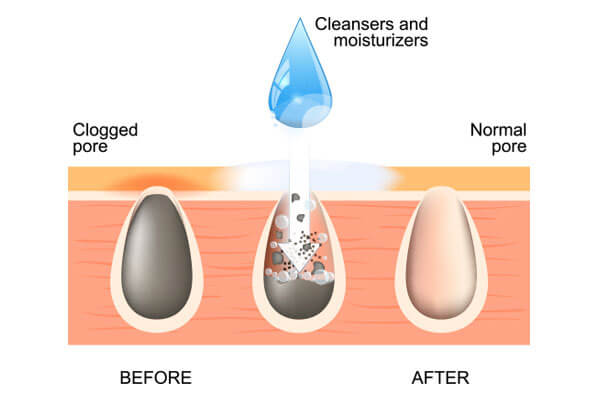
Diet and Lifestyle Tips
In addition to an effective skincare routine, making certain dietary and lifestyle changes can greatly benefit individuals with oily skin.
Impact of Diet on Oily Skin
Certain foods can contribute to the production of excess oil and exacerbate oily skin. To manage oily skin from within, consider reducing or avoiding foods that are high in refined carbohydrates, such as white bread, pasta, and sugary snacks. Instead, focus on incorporating nutrient-rich foods like fruits, vegetables, whole grains, and lean proteins, which can promote a healthier complexion.
Incorporating Healthy Habits for Better Skin
In addition to a balanced diet, there are several healthy habits that can promote clear and healthy skin. Firstly, aim to get an adequate amount of sleep each night, as lack of sleep can lead to imbalances in hormone levels, resulting in increased oil production. Secondly, manage stress levels through activities such as exercise, meditation, or spending time with loved ones. High-stress levels can trigger hormonal imbalances and worsen oily skin. Lastly, avoid smoking and excessive alcohol consumption, as these habits can have detrimental effects on skin health.
Additional Tips for Oily Skin
In addition to the aforementioned comprehensive skincare routine and lifestyle changes, there are a few additional tips that can help individuals with oily skin manage their skin better.
Avoiding Touching Your Face
Touching your face throughout the day can transfer oil, dirt, and bacteria from your hands to your face, leading to breakouts and infections. Avoid touching your face unnecessarily and resist the urge to squeeze or pop any pimples, as this can worsen inflammation and increase the risk of scarring.
Using Oil-Absorbing Sheets
Carrying oil-absorbing sheets or blotting papers in your bag can be a lifesaver for individuals with oily skin. These sheets help to absorb excess oil throughout the day without disturbing your makeup. Gently press the sheet onto your skin, focusing on areas where oil tends to accumulate. Avoid rubbing or scrubbing, as this may irritate the skin.
Protecting Your Skin from Sun Damage
Sun damage can affect all skin types, including oily skin. UV radiation can cause premature aging, increase the production of melanin (resulting in dark spots), and even lead to skin cancer. To protect your skin, apply a broad-spectrum sunscreen with at least SPF 30 every day, even on cloudy days. Reapply sunscreen every two hours, or more frequently if you are sweating or in water.
By understanding the causes, characteristics, and misconceptions surrounding oily skin and implementing a comprehensive skincare routine, individuals with this skin type can effectively manage oil production and maintain a healthy complexion. Remember to prioritize gentle cleansing, exfoliation, and the use of oil-regulating products. Additionally, incorporating good lifestyle habits, a balanced diet, and adequate sun protection can further enhance the health and appearance of oily skin. With the right approach and dedication, you can embrace your oily skin and achieve a beautiful, balanced complexion.
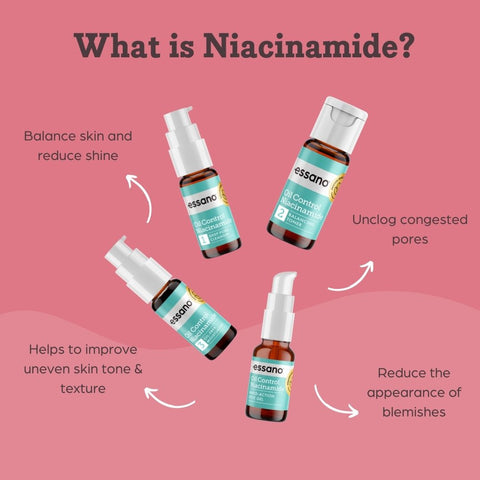
Dry Skin Demystified: Stylish.ae’s Comprehensive Guide(Opens in a new browser tab)
From Acne To Zits: Stylish’s Guide To Navigating Oily Skin Challenges(Opens in a new browser tab)
Cetaphil Oily Skin Cleanser 236ml Review(Opens in a new browser tab)

